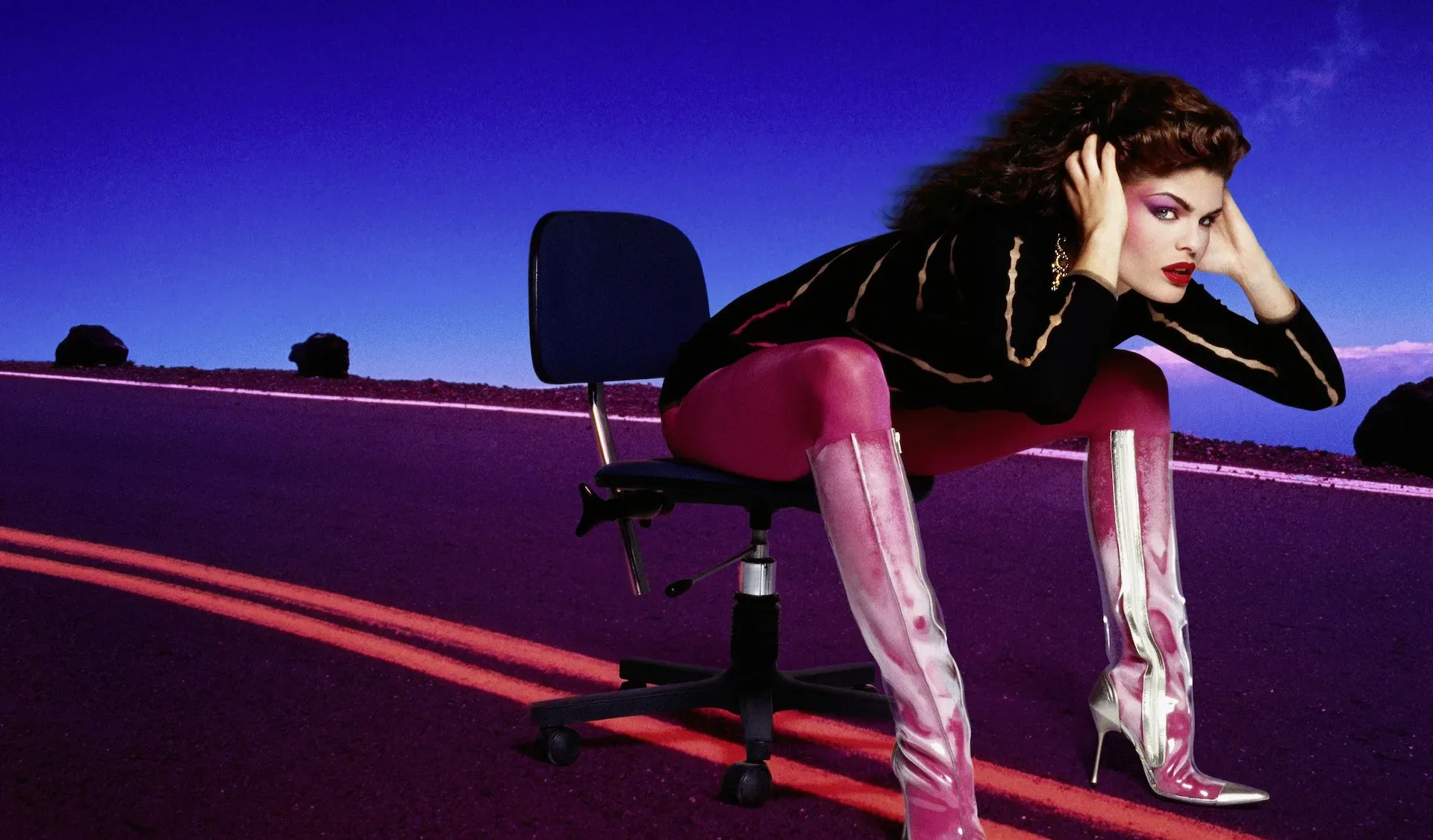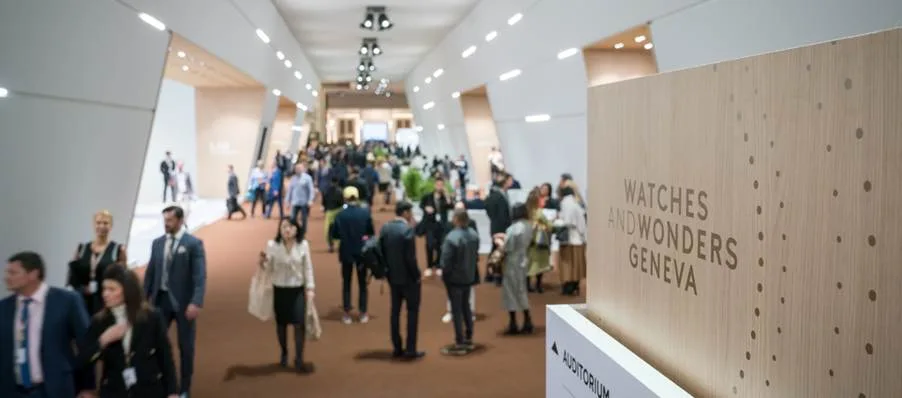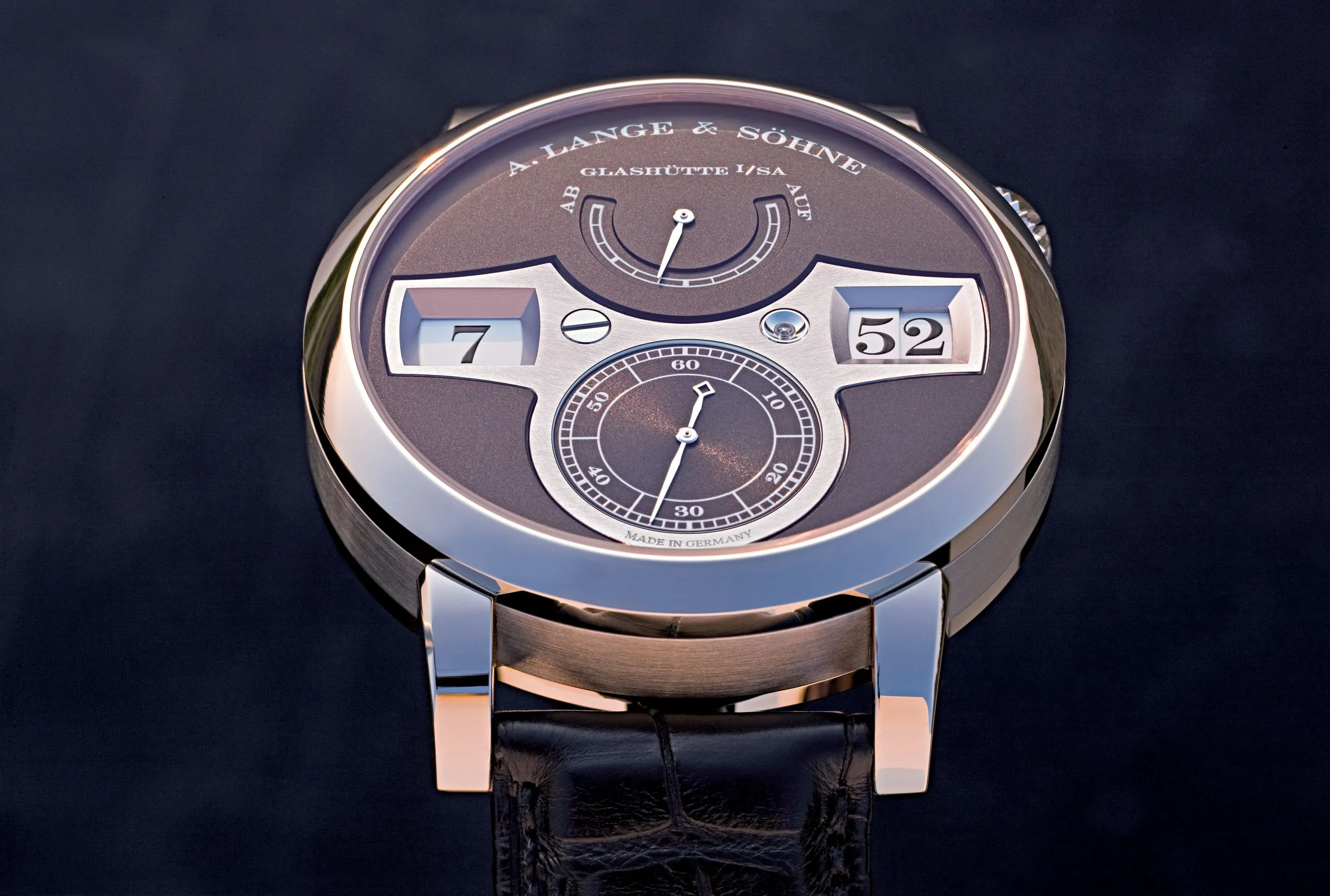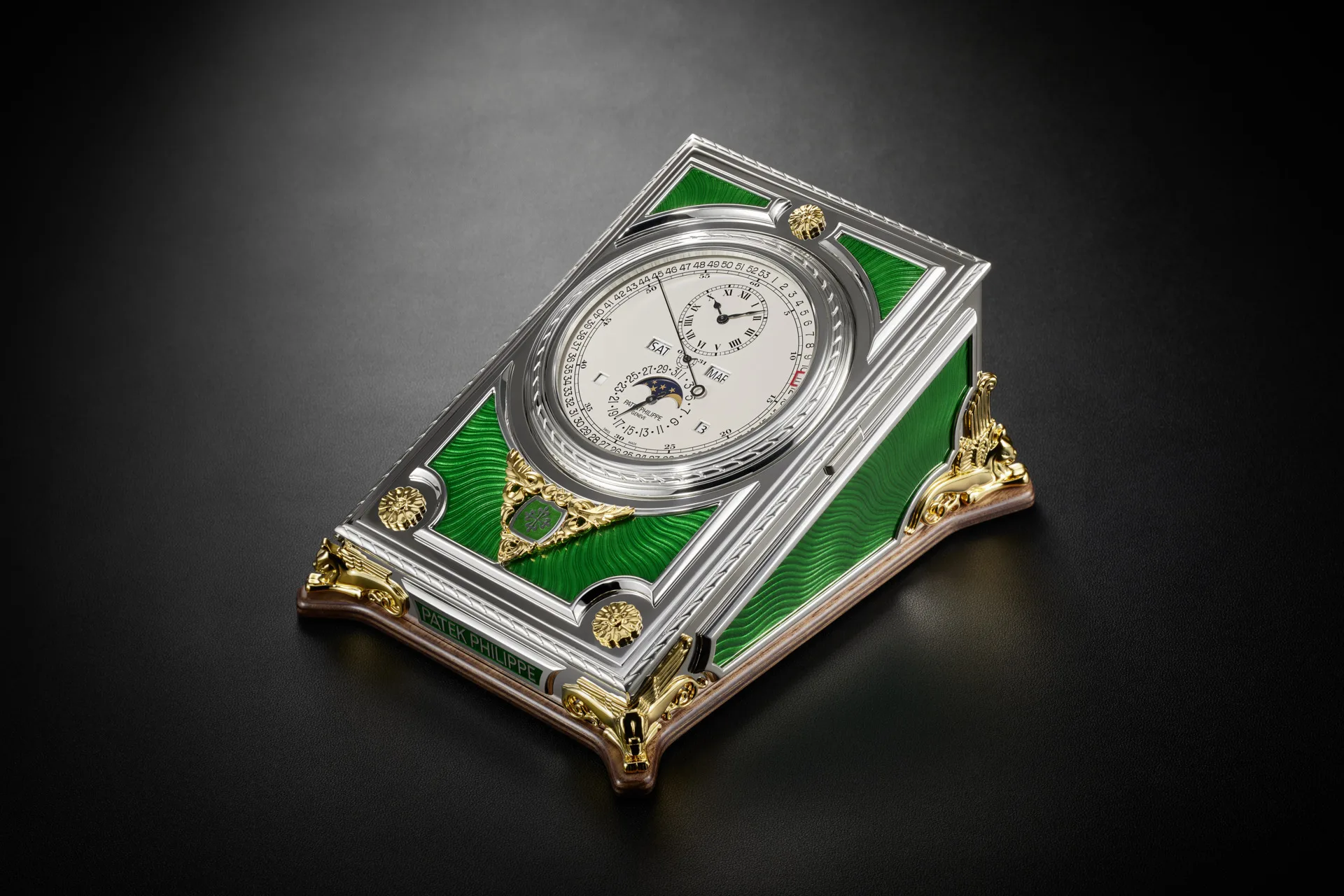It was with great honour and excitement that I was invited to the 39th edition of the Leica Oskar Barnack Award (LOBA) in Berlin. In these four decades, LOBA has become one of the greatest accolades in the photography world; one could say they are the Oscars of photography.
Each year, 12 finalists are chosen. Their portfolios are presented to the public in a major exhibition in the Neue Schule fur Fotografie in Berlin the last week of September. Winners receive a bursary of €25,000 and €10,000-worth of Leica M equipment. So prestigious are these awards that this year over 2,000 photographers from 99 countries submitted entries.
Leica is probably the most desirable camera in the world. We normally see those in front of a Leica lens, but look at who’s been standing behind this iconic brand, and you’ll find an impressive list of 20th and 21st-century icons. Let’s start with one of the most famous women in the world, HM The Queen, who uses a Leica: there are famous shots of Her Majesty, camera in hand, taking photographs of her husband, HRH Prince Philip Duke of Edinburgh, playing polo. Another good example is Che Guevara, whose poster by Alberto Korda has graced the walls of students ever since it was taken in 1960 and who was, himself, a skilled photographer.

He used a Leica. Sean Connery, Audrey Hepburn and Elvis Presley are other examples of celebrities who chose Leica when it was their time behind the camera, rather than in front of it, as they were used to being. Reportage photography showcases the interests of the photographer, revealing those subjects he or she believes are important enough to spend a long time and a lot of energy pursuing; resulting in one of the most creative ways for a photographer to express their view of the world. It has been said many a time that beauty is in the eye of the beholder. No image will ever mean the same through someone else’s eyes, but I guess that it is the photographer’s desire, that when looking at their pictures, we see what they saw when they pushed the shutter.
This year’s jury for the LOBA Awards consisted of Steve McCurry (photographer), Milena Carstens (Director of Photography ZEITmagazin), Enrico Stefanelli (Director Photolux Festival Lucca) and Max Pinckers (LOBA Winner 2018). I wouldn’t have wanted to have been chosen for this jury, as I don’t think I would have had the courage to choose a winner among so many thought-provoking and beautiful images.
The winner of the Leica Oskar Barnack Award was Mustafah Abdulaziz and the Newcomer Award was given to Nanna Heitmann.
Mustafah Abdulaziz chose Water as the title for his arresting series of images; a crucially important relevant subject, as fresh water is now one of the most serious concerns on our planet. Lack of rain leads to drought and with drought comes famine. In many underdeveloped countries, water supplies are dirty or polluted, or both, but people are so desperate that they are forced to use it, playing Russian roulette with their lives and those of their children. Nanna Heitmann called her series Hiding from Baba Yaga. Baba Yaga was a dangerous witch who lived in a hut in the forest. Legend has it that Baba Yaga imprisoned a little girl, who eventually escaped with the help of a thin black cat. The little girl suddenly remembered something the cat had told her and she dropped a comb and her towel. A great river suddenly appeared – that river today is the Yenisei, in Siberia, one of the longest rivers in the world.

With her photographs, Heitmann documented life along its banks. Her work is powerful and raw; and it sent shivers down my spine, as my darling best friend Ania’s grandfather was sent there by the Soviets. Heitmann photographed enchanted forests and people in search of freedom depicting a journey into a kingdom of myths.
It is difficult for me to single out just one of these incredibly talented photographers, but if I had to, I would choose Enayat Asadi, an Iranian photographer who documented the war in Afghanistan. Not stopping there, he was determined to reveal the consequences of that war. Asadi spent two years in the area where Iran borders Pakistan and Afghanistan, taking harrowing images of the inhuman conditions for refugees there, as they hoped for a better future in Iran. I spent two months in Pakistan when I was 17, meeting many incredible people. Maybe it is because of that time that Asadi’s images meant so much to me. His commitment and dedication transformed his Rising from the Ashes of War series into a very special record of contemporary history. With little light and time to consider perspective or focus precision, the pictures show some technical and compositional imperfections – yet in my eyes these just add to their power and poignancy.
The work of all the finalists and winners of the Leica Oskar Barnack Award 2019 has taught me that through the lens of a simple camera, reportage photographers have risked their lives to remind us of what is important, to show us that we humans seem incapable of learning from our mistakes and that we need to wake up and understand that we are simply destroying each other and the world we live in.
Finally, I would like mention Mustafa Hassona and his Palestinian Rights of Return Protests series. Born in Gaza in 1981, he has recorded through his Leica pain, terror, violence, death and destruction along the Gaza strip. These striking images were taken along the Arab side of the fence. Sometimes described as the Palestinian David against the Israeli Goliath; is this a conflict which can ever be resolved?

The work of all the finalists and winners of the Leica Oskar Barnack Award 2019 has taught me that through the lens of a simple camera, reportage photographers have risked their lives to remind us of what is important, to show us that we humans seem incapable of learning from our mistakes and that we need to wake up and understand that we are simply destroying each other and the world we live in.

















Show Comments +